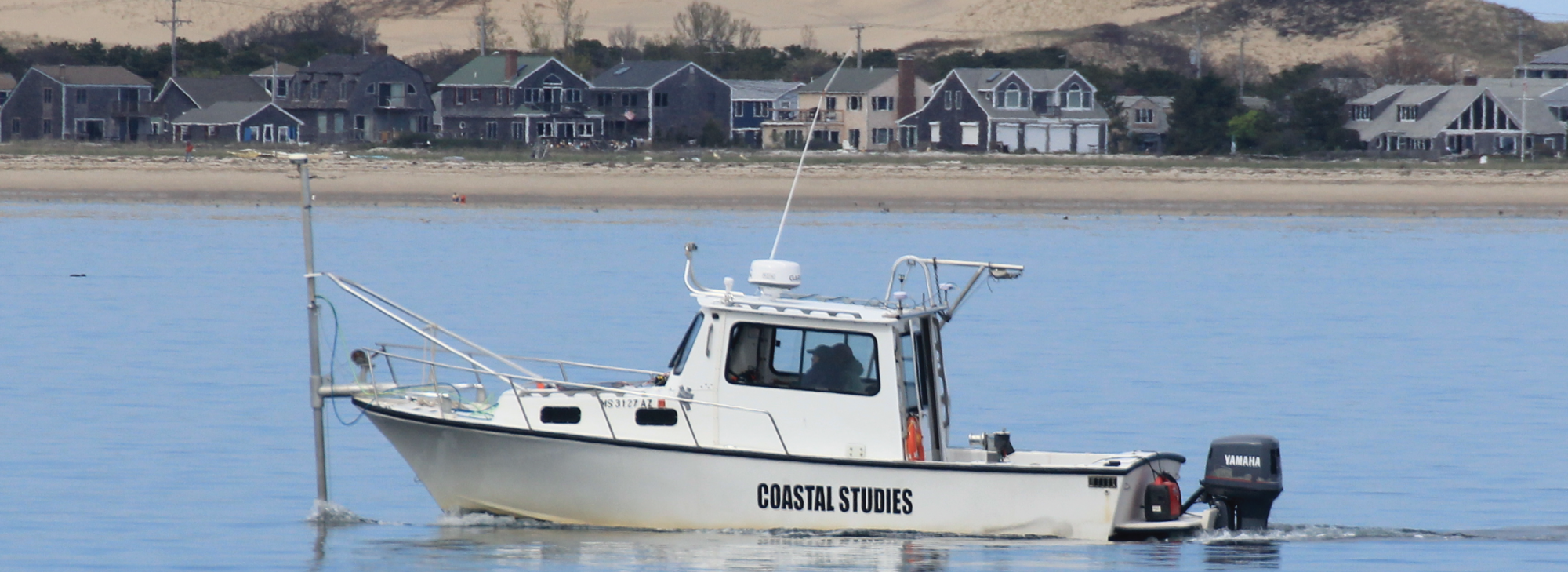The mouth of Shimmo Creek is a small embayment along the southern shore of Nantucket Harbor. Poor water quality characterizes this area and historical anecdotal evidence of oysters persisted. The town of Nantucket recently created oyster habitat and laid recycled bivalve shell (primarily oyster, scallop, and quahog) across approximately 1 acre. As long-term monitoring is needed to understand the ecological function and to inform future efforts, the CaPE Lab conducted a benthic habitat survey in August of 2018.

Vessel-based acoustic data, bottom grab samples, and video surveys produced several data products useful for characterizing the physical and biological elements of benthic habitats. The final data products and our interpretations were made using the Coastal and Marine Ecological Classification Standard (CMECS) as a guiding element. Shimmo Creek was mapped at a mean depth of 1.22 and samples were collected at 6 stations. In addition, sediment samples, water quality data, and video data were collected at each station.
Analysis of Shimmo Creek samples documented 56 species and 17,900 individuals. Statistical analysis indicated two Biotic Communities as the optimal number. Sediment variables explained 87.8% of species distribution, indicating sediment type as the key characteristic in determining diversity and abundance in Shimmo Creek. Two dominate species were identified (Gemma gemma, Hydrobia sp.) in the cluster analysis, which were also the most abundant species, suggesting that they play an important role in the overall composition of benthic communities in Shimmo Creek.

As the created habitat matures into a living oyster reef it is expected that species diversity and abundance will be significantly higher than are currently present. This study establishes a baseline to compare future monitoring efforts too as this reef ages. The combination of acoustic and invertebrate survey described here, interpreted within the Coastal and Marine Ecological Classification Standard will allow for long-term monitoring of these sites in a science-based manner that is rigorous, repeatable and defensible.
